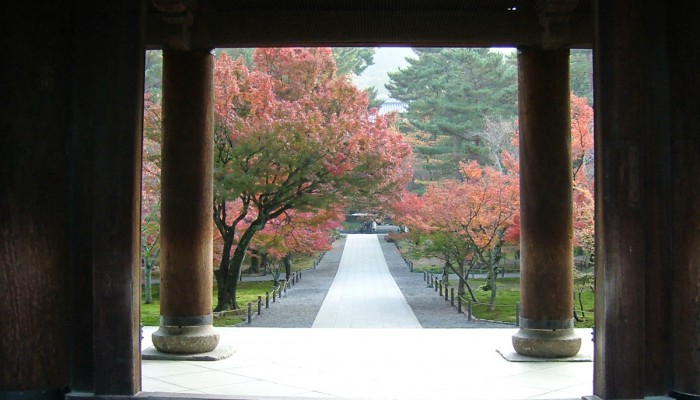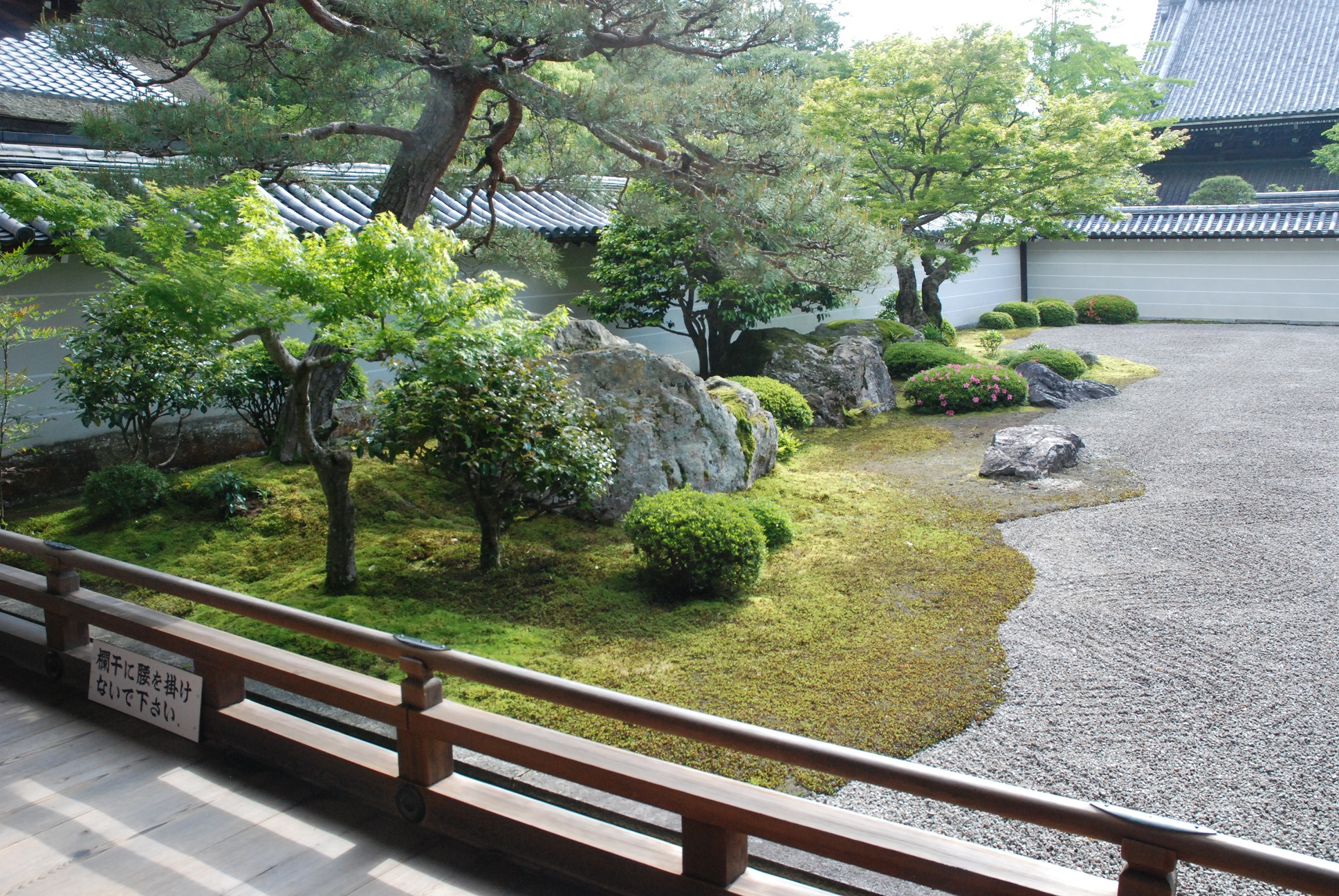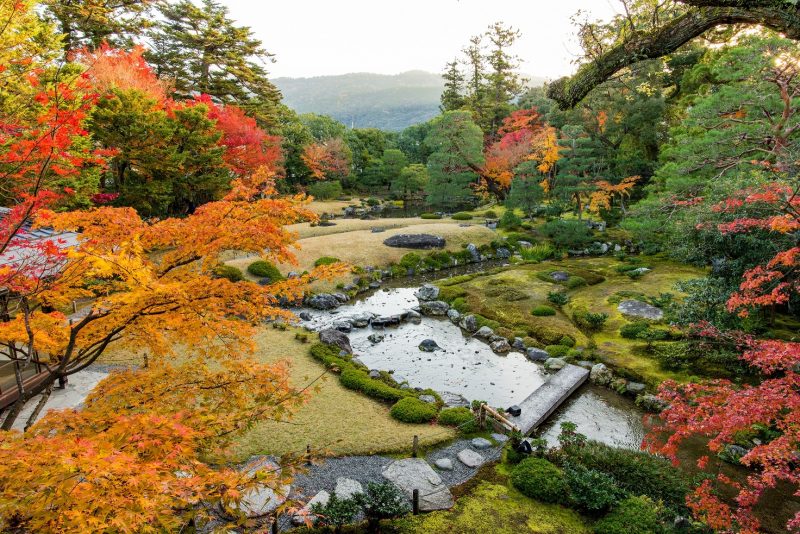Low-maintenance is a sought-after quality in landscapes — as well as in architecture, vehicles, pets, hairstyles, flooring, the personalities of prospective mates, and pretty much everything else. We use the word maintenance to connote a necessary evil we prefer to minimize, defer, or avoid. We’d all like to have a kitchen floor that doesn’t require waxing or a dog that doesn’t shed, but why must we take a dim view of the idea that a landscape needs our ongoing attention?
Consciously or not, we denigrate the idea of the work of upkeep and those who perform it. The landscape architecture community isn’t unaware of the problem that we neglect and deride the idea of maintenance. In fact, many articulate and thoughtful voices in the profession have expressed that it’s time to evolve in how we honor the ongoing care of our designed and built spaces.
Picking up the title of landscape architect over landscape gardener in the 19th century “helped legitimize the field at the moment of its definition, but that social standing came at the cost of imposing technical, aesthetic, and statutory boundaries that constrain landscape architecture even today,” wrote Brian Davis and Thomas Oles in Places Journal in an essay suggesting the need to reinvent a discipline hemmed in by its own mission. “The new landscape science will also give space at the table to related practices that are fundamentally important but often ignored or denigrated. Maintenance workers, tree pruners, landscapers, and heavy machine operators should be seen not as imperfect executors of design intent, but rather as collaborators in the process of making and studying landscapes.”
Michael Van Valkenburgh voiced similar sentiment in another essay, noting that “no matter how skilled and artistically inclined horticultural workers are (and they are often extremely talented), they are generally perceived as déclassé, left out of design discussions, and poorly paid…The old name for horticultural worker was gardener, a word that connoted a great deal more dignity in the preindustrial world. Perhaps now with the green movement, the local food movement, and the promotion of urban farming, gardening will be honored more. It needs to be.”

Nanzen-ji temple garden in Kyoto, maintained by Ueyakato Landscape Ltd. Photo courtesy of Nanzen-ji.
Does language matter? Is the root of doing it wrong that we’re using the wrong words?
The world is a great book, as the expression goes, and it’s always worth turning the page to see how familiar problems get different treatment in other cultures. Here at the Portland Japanese Garden’s Training Center, we work regularly with visiting Japanese garden masters who come from a centuries-long legacy of the approach to caring for gardens. There’s a marked difference between Japan and most western cultures in terms of how a landscape is treated over time. It’s the practice that what one of them, Tomoki Kato, a faculty member at the Kyoto University of Art and Design and the eighth generation head of Ueyakato Landscape specifically calls fostering. The word doesn’t connote keeping problems at bay or at best keeping the current level of quality – it’s about encouraging, developing, strengthening, helping the landscape along to be the best possible version of itself – whether it’s a historic garden, a public park, or a contemporary private green space. Kato and his garden artisans have visited us on many occasions, including coming to teach at our Waza to Kokoro: Hands and Heart professional-level seminar since its inception in 2016. He’s fond of saying that it takes 200 years to become a Japanese garden craftsman, a trade that encompasses designing, building, and fostering gardens as a single, self-contained task. In the absence of a medical science that permits such human longevity, 200 years means absorbing the tradition of those who came before you and being an integral part of something of continuity that came before and will outlast you.

Tomoki Kato, Ph.D., teaching participants at the Portland Japanese Garden’s hands-on training seminar in Japanese garden arts. Photo by Jonathan Ley.
The beauty in that idea is that it’s not just the gardens, but also the people who care for them that are fostered. In a Chicago keynote lecture, Kato spoke about his family’s legacy of caring for gardens in and around Kyoto since the company’s founding in 1848. He explained that his guiding principle is that a garden should be 40% construction and 60% fostering because the design and construction of a garden are its birth and the rest of its years its life.
“A garden’s life is much longer than a human life. When a garden is born, we devote so much manpower, materials and money, and pour passion into the garden,” he said, showing a timeline of the abbot’s garden created in 1630 at Nanzen-ji, a Kyoto temple garden under the care of his Kyoto-based firm. “Sometimes, the amount of devotion and passion we poured into the garden and received from the garden’s birth is all forgotten and we just do simple maintenance work to keep present conditions. We forget the passion we once had for the garden. Thus, I always tell my workers to pour care, passion and love continuously into the garden as though it is the birth – even if the work is just the process of simple daily maintenance. Having this spirit and mindset, the routinely done maintenance work changes into fostering.”

The abbot’s garden at Nanzen-ji temple, Kyoto. Photo by Kristin Faurest.
Fostering as a practice has a lovely connotation that changes the way we look at the life of a landscape. Our own Garden Curator, Sadafumi Uchiyama, is a traditionally-trained Japanese gardener and American-trained landscape architect who sometimes calls maintenance “incremental construction” – wording that also adds a weight and dignity missing in the current terminology and suggests upward trajectory instead of status quo. The garden creator in the role of fosterer isn’t absent from our own tradition, either; Beatrix Farrand, for example, followed a very similar tradition to Kato’s philosophy, spending years nurturing what she created.
Changing the language we use may sound trivial in the context of the mad tangle of economic, political, and social factors that feed into how a green space is cared for after its birth. But using the right words can change how we think and do. If we use banal and pejorative terms to describe something in theory, it’s unlikely to exceed that level in practice. Finding idealistic language that pushes us to aspire to a higher standard could be the first step on the right road.
—
Lead Image: A color-saturated autumn at Murin-an, a Kyoto garden maintained by Ueyakato Landscape Ltd. Photo courtesy of Ueyakato.
Sources:
Tomoki Kato, Ph.D. “The Spirit of Kyoto Garden Craftsman.” Keynote delivered at the 2014 North American Japanese Garden Association conference, Chicago, 2014.
Brian Davis and Thomas Oles. “From Architecture to Landscape: The Case for a New Landscape Science.” Places Journal, October 2014. Accessed 23 Oct 2018. https://doi.org/10.22269/141013
Michael Van Valkenburgh, FASLA, with William S. Saunders. “Landscapes Over Time.” Landscape Architecture Magazine, March 2013.












Pingback: Why the dim view of a landscape that needs attention? « Harmony Gardens
Pingback: 40% construction 60% fostering « Harmony Gardens